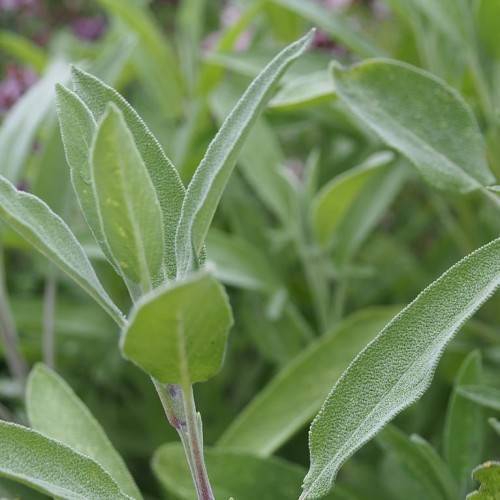
common sage
Salvia officinalis 'Sage of Bath'
Cycle:
Herbaceous Perennial
Watering:
Minimum
Hardiness Zone:
5 - 7
Flowers:
Flowers
Sun:
Full sun
Leaf:
Yes
Growth Rate:
Low
Maintenance:
Moderate
Drought Tolerant:
Yes
Salt Tolerant:
Yes
Care Level:
Medium
watering
Common sage (Salvia officinalis 'Sage of Bath') should be watered deeply 1 to 2 times a week. Allow the soil to dry out almost completely in between watering. This plant enjoys full sun and requires supplemental watering in hot and dry climates. During winter, reduce the amount of water to 1 time per month. Monitor the moisture level and adjust accordingly.
sunlight
Common sage (Salvia officinalis 'Sage of Bath') prefers bright, indirect sunlight for most of the day. Ideally, it should receive at least 5 hours of sunlight each day, with a few hours of shade in the middle of the day. This plant can also tolerate full sun, but may struggle in extremely hot regions. During the winter, when sunlight hours are shorter, this plant may require even more sunlight. Common sage should be placed in an area that receives at least 6 to 8 hours of sunlight per day. Additionally, artificial lighting can be used to supplement or extend available sunlight when needed.
pruning
Common sage should be pruned annually, at the end of the growing season, usually early to mid-fall. Begin by removing any dead, diseased, or damaged branches, before heading into any detailed pruning. Cut out any overly long branches, any branches which are crossing each other, and any old flowering stems. Then cut back the remaining stems by around a third or a half. This will keep the shape of the plant neat and compact. It will also promote new growth the following season. Remove any flowers immediately after they finish blooming to prevent it from seeding.
